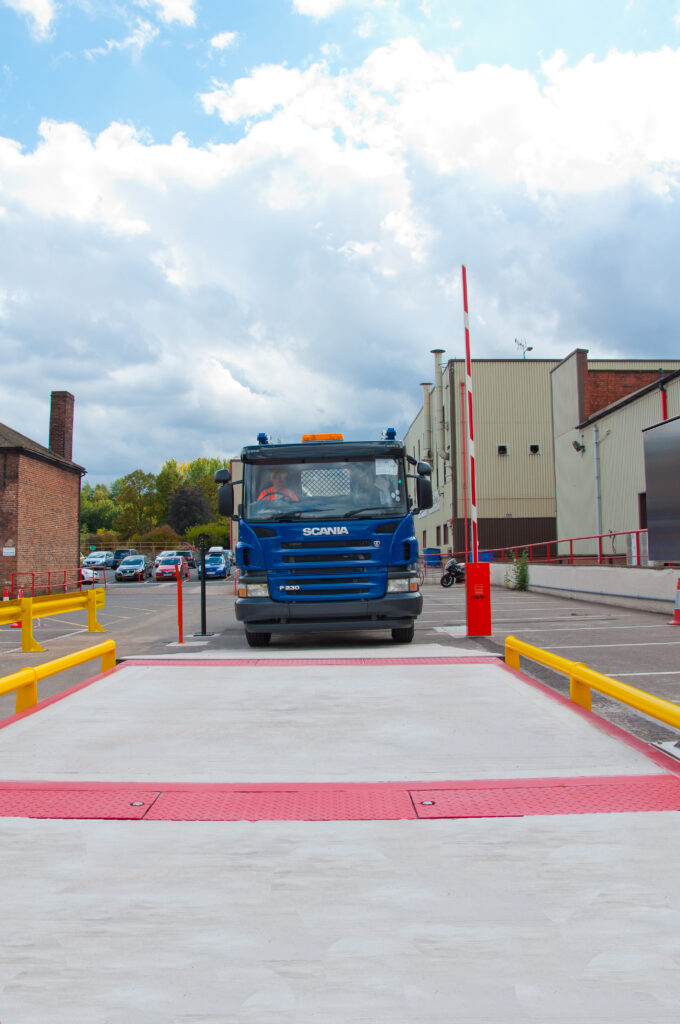Weighbridge Mothballing; Protecting Your Assets
Many businesses find themselves in the position where they’ve had to temporarily shut down operations. Naturally we all hope that closure of a weighbridge is merely a temporary measure.

Tempting though it may be, it is not a good idea to simply walk away from the weighbridge system and hope that it will be okay. Closing the system down properly will save you money in the long run.
Relocating your weighbridge
If you are closing the site, consider whether it is worthwhile moving the weighbridge to another site to allow the asset to continue working for you. Such a decision could improve productivity elsewhere by increasing traffic flow and reducing queuing. If this is not an option, talk to your maintenance provider about the best way to proceed. If you don’t, you could face an unexpectedly high bill when it comes to reinstating your weighbridge.
Decomissioning a weighbridge
The biggest problem faced by a disused weighbridge is the build up of mud, slurry and water and the potential of a nearby lightning strike. Both could affect the load cells, cabling and indicators and result in the weighbridge being rendered inaccurate and in need of repair. Load cells in particular are costly items to replace.
Load cells and cabling
To save money on repair in the long term, it is worth calling in your service provider to decommission the weighbridge. They should remove the load cells and any cabling for safe storage so that they can be reused at a later date. When removing the cabling, it pays to plan for recommissioning. When your supplier removes the cables, they should leave draw wires in place so that it is easier to pull them back into place in the future.
Having removed the load cells, your supplier will raise the structure of the weighbridge up using packing material to maintain the height.
This is important for two reasons. First it ensures that the weighbridge remains structurally sound, particularly if the site is still operational and traffic continues to travel across it. Second it ensures that the steel structure is lifted clear of the pit floor so that it is not sitting in mud, slurry or water.
Pit mounted weighbridges
If the weighbridge is pit mounted it is worth carrying out a full inspection of the pit. You need to ensure that the drainage system is not clogged up, so that water and debris can drain away. Don’t forget that most weighbridges are constructed from galvanised steel, so there is a danger of rusting if it is left sitting in water and the protective coating has worn away.
Although the weighbridge may not be used in the immediate future, the pit walls should still be inspected for bulging and seepage, particularly if traffic will still be crossing the structure.
Regular weighbridge inspection
Finally, having removed the more costly components for storage, you should make a note that it is worth inspecting the site visually on a regular basis. How often a regular inspection should take place is open to interpretation. If the site is still used then the chances are that mud and slurry will still collect over time in the pit even though the actual weighbridge is not operational. The best advice is to ask your service provider.
In conclusion, it pays to take care when decommissioning a weighbridge. It is, after all, a significant investment that is worth looking after. Call in your service provider; they should have the expertise required to ensure that the weighbridge can be recommissioned in the future with minimal cost. Even if you don’t believe that this is an option, it is important to preserve your assets what ever the future brings.

 United States
United States  Canada
Canada  Canada (fr)
Canada (fr)  India
India  Malaysia
Malaysia  Ireland
Ireland